The Octopus Nest Trading System is a distinctive and efficient approach that distinguishes itself amidst the sea of trading strategies. With its focus on 5-minute scalping, this strategy has captured the attention of traders worldwide by promising a minimum daily profit of 7%. Now, let’s delve into the depths of this system to understand what it entails and how it operates.
The Octopus Nest Trading System is designed for short-term trading, focusing on quick trades within 5-minute intervals. It utilizes technical analysis indicators to identify entry and exit points, aiming to capitalize on small price movements. Traders using this strategy prefer liquid markets with low transaction costs. Implementing any trading system involves risks, so understanding, practice, and risk management are essential. While the Octopus Nest Trading System offers potential for short-term gains, it’s important to remember that no strategy guarantees profits, and thorough research and experience are key for informed trading decisions.
Understanding the Octopus Nest Trading System
The Octopus Nest Trading System is a scalping strategy specifically developed for short-term trades, drawing inspiration from the swift hunting technique of an octopus. Its primary objective is to capitalize on rapid profit opportunities present in the market. So, how does this system manage to achieve a daily profit target of 7%? The answer lies in its utilization of three crucial indicators: Parabolic SAR, Exponential Moving Average (EMA), and Squeeze Momentum.
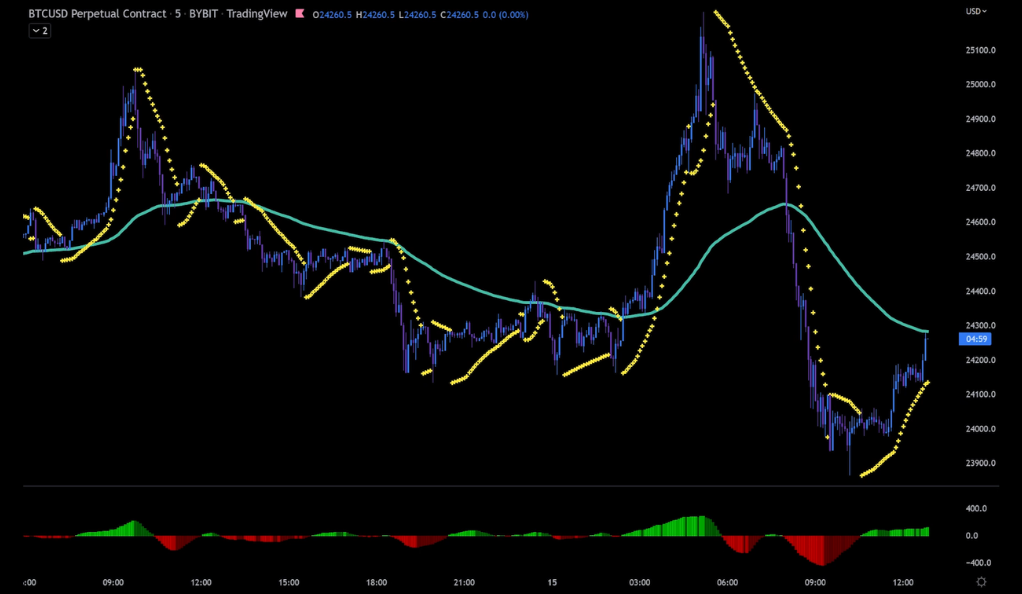
The first key indicator, Parabolic SAR, helps identify potential trend reversals. It provides traders with signals to enter or exit positions based on the direction of the market. The second indicator, EMA, offers valuable insights into price trends by calculating the average price over a specified period. This indicator aids in determining potential entry and exit points for trades. Lastly, Squeeze Momentum is utilized to gauge the volatility in the market, indicating periods of low volatility followed by potential breakouts. By combining these three indicators, the Octopus Nest Trading System aims to enhance the accuracy of its trading signals, enabling traders to swiftly capture profitable opportunities in short timeframes.
The Three Pillars: Parabolic SAR, EMA, and Squeeze Momentum
The Octopus Nest Trading System relies on three fundamental indicators: Parabolic SAR, EMA, and Squeeze Momentum, which collectively serve as the pillars of this strategy. Each indicator plays a vital role in analyzing different aspects of the market and guiding traders towards profitable opportunities.
The Parabolic SAR indicator assists in identifying potential reversals in price trends. By plotting dots above or below the price chart, it provides visual cues for traders to anticipate changes in the direction of the market. The EMA indicator, on the other hand, smoothes out price data by calculating the average price over a specified period. This moving average helps traders establish a trend line, which is crucial for identifying the overall direction of the market and potential entry or exit points. Lastly, the Squeeze Momentum indicator measures the momentum of price movements, particularly periods of low volatility followed by potential breakouts. It helps traders anticipate significant price moves and adjust their strategies accordingly. By combining these three indicators, the Octopus Nest Trading System equips traders with a comprehensive toolkit for assessing market conditions and making informed trading decisions.
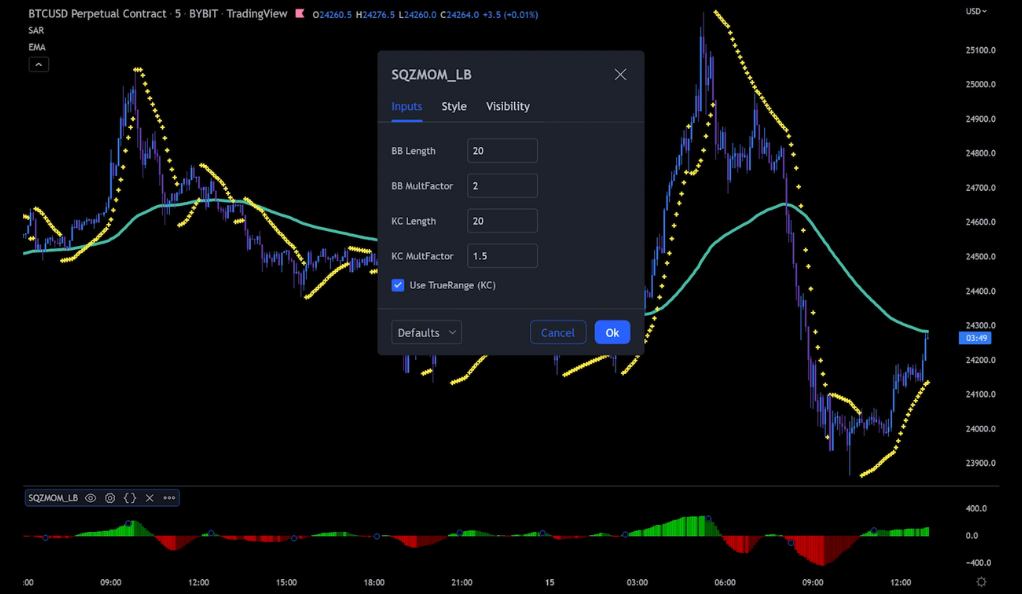
Entering Long and Short Positions
The Octopus Nest Trading System outlines specific rules for entering both long and short positions, ensuring traders can effectively capitalize on market opportunities. When considering long positions, the strategy requires the Exponential Moving Average (EMA) to be trending upward, indicating a positive overall market direction. Additionally, the Parabolic SAR indicator should be positioned below the price chart, suggesting a potential reversal in the price trend. Finally, the Squeeze Momentum indicator should show positive values, indicating favorable momentum in the market. By adhering to these conditions, traders can identify opportune moments to enter long positions, aiming to maximize potential profits.
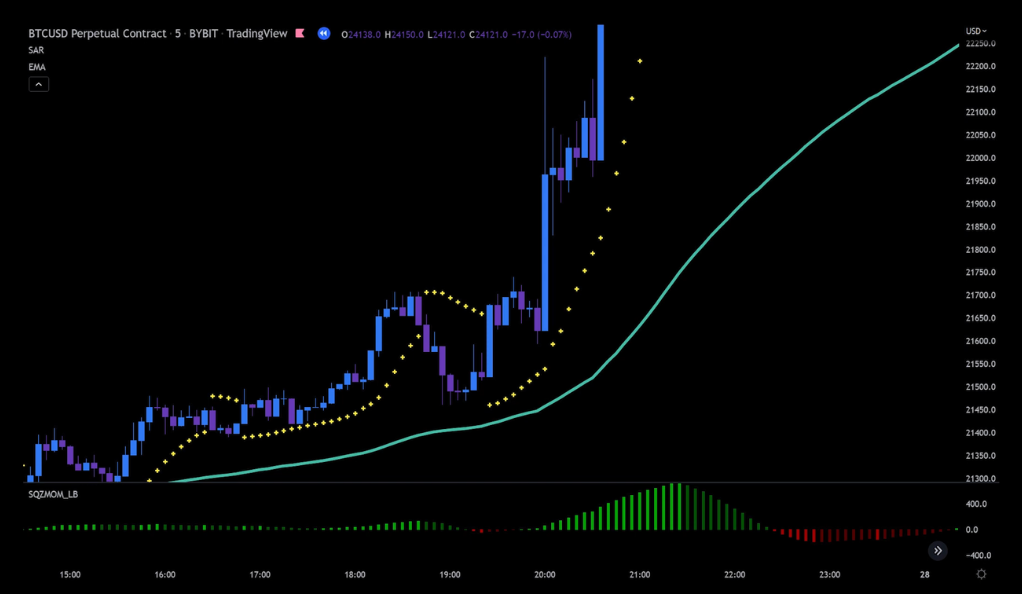
Conversely, for short positions, the rules are reversed. The EMA should be in a downward trend, reflecting a negative market direction. The Parabolic SAR indicator should be positioned above the price chart, indicating a potential reversal in the upward price trend. Furthermore, the Squeeze Momentum indicator should display negative values, indicating unfavorable momentum in the market. Following these criteria enables traders to identify suitable opportunities to enter short positions, aiming to optimize their potential gains. Adhering to these rules allows traders using the Octopus Nest Trading System to make well-timed entries, increasing their chances of profiting from market movements.
The Cheat Sheet: A Guide to Trading Signals
The Octopus Nest Trading System offers traders a helpful cheat sheet to assist in comprehending and validating trading signals. This convenient tool serves as a quick reference guide, providing clear and concise information about the specific conditions necessary for entering both long and short positions. By having the cheat sheet readily available, traders can swiftly respond to shifting market conditions and make well-informed trading decisions.
The cheat sheet acts as a guide for traders to understand the criteria required for entering long positions, such as an upward trend in the Exponential Moving Average (EMA), the positioning of the Parabolic SAR indicator below the price chart, and a positive reading from the Squeeze Momentum indicator. Likewise, it outlines the conditions for entering short positions, including a downward trend in the EMA, the Parabolic SAR indicator positioned above the price chart, and negative values indicated by the Squeeze Momentum indicator. With the help of this cheat sheet, traders can easily refer to the necessary conditions, enabling them to quickly analyze and confirm trading signals and take appropriate actions in response to changing market dynamics.
The Power of Scalping
Scalping is a dynamic trading strategy that capitalizes on frequent trades within a short timeframe, targeting small price fluctuations to generate profits. The Octopus Nest Trading System takes the concept of scalping to the next level, aiming for an impressive daily profit of 7%. This ambitious goal is made possible through the system’s effective utilization of its three key indicators: Parabolic SAR, EMA, and Squeeze Momentum. By incorporating these indicators, the system enhances its ability to identify favorable entry and exit points, increasing the likelihood of capturing profitable opportunities.
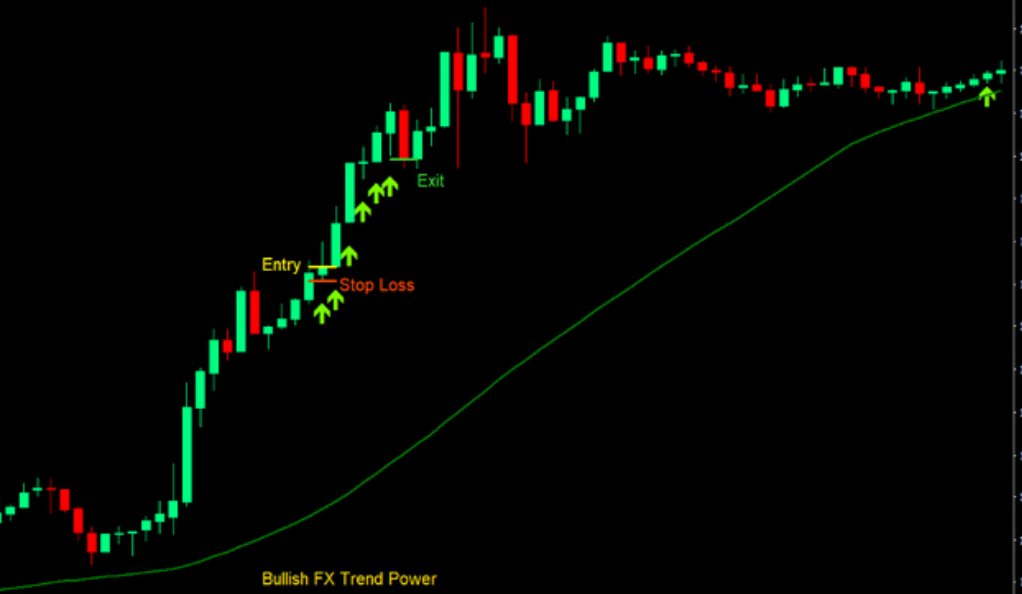
What sets the Octopus Nest Trading System apart is its clear and well-defined rules for entering and exiting trades. The system provides specific criteria that traders must follow to enter both long and short positions, ensuring a systematic approach. By adhering to these rules, traders can minimize emotional biases and make objective trading decisions based on the indicators’ signals. This disciplined approach, combined with the system’s focus on scalping and the power of its indicators, sets the stage for potential success in achieving the desired daily profit target.
Backtesting 100x
Backtesting at 100x speed is a powerful tool that allows traders to evaluate the performance of their trading strategies in a compressed timeframe. By simulating historical market data and applying their trading rules, traders can quickly analyze how their strategies would have performed over a given period. Backtesting at 100x speed accelerates this process, enabling traders to assess the effectiveness of their strategies and make informed decisions efficiently.
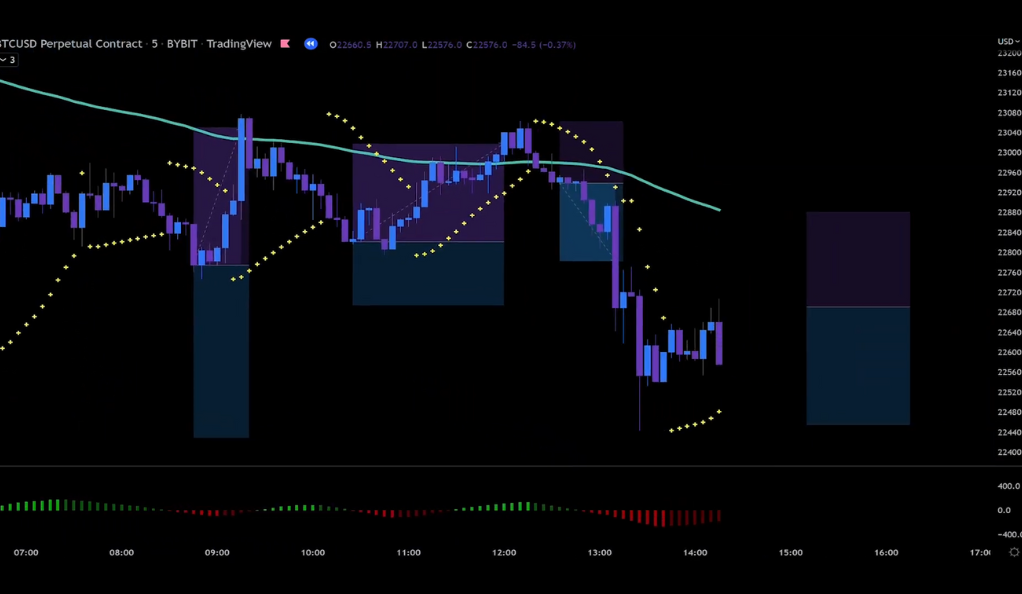
With backtesting at 100x speed, traders can cover a significantly larger time frame within a shorter period, enhancing their ability to identify potential strengths and weaknesses in their strategies. This accelerated process can help traders fine-tune their strategies by evaluating a wide range of market conditions and scenarios. However, it is important to note that while backtesting at 100x speed can provide valuable insights, it is not a foolproof guarantee of future success. Real-world market conditions may differ from historical data, and other factors such as slippage and execution delays need to be considered. Nonetheless, by leveraging the benefits of backtesting at 100x speed, traders can gain valuable insights into their strategies and make more informed trading decisions.
Is the Octopus Nest Trading System for You?
The Octopus Nest Trading System may not be suitable for everyone due to its specific requirements and demands. To effectively implement this strategy, traders need a deep understanding of the market dynamics, as well as the ability to analyze and interpret the signals provided by the key indicators accurately. Moreover, the Octopus Nest Trading System operates within short timeframes, necessitating traders to make swift and decisive decisions. It requires discipline, focus, and the capacity to handle the fast-paced nature of scalping strategies.
However, for those who can master the Octopus Nest Trading System, it holds the potential for significant daily profits. With its emphasis on capturing small price movements and the ambitious goal of achieving a 7% daily profit, this strategy can be rewarding for skilled and experienced traders. It offers an opportunity to exploit frequent trading opportunities and maximize profit potential within a short timeframe. Nevertheless, it is crucial to approach this strategy with realistic expectations, extensive knowledge, and a willingness to continuously refine and adapt one’s trading skills.
Conclusion
In conclusion, the Octopus Nest Trading System is a powerful scalping strategy that leverages the strengths of the Parabolic SAR, EMA, and Squeeze Momentum indicators. With its clear rules for entering and exiting trades and its handy cheat sheet, this system provides traders with the tools they need to aim for a daily profit of 7%. However, as with all trading strategies, it’s important to understand the system fully and practice it thoroughly before diving in.
Ainu Token aims to offer impartial and trustworthy information on cryptocurrency, finance, trading, and shares. However, we don't provide financial advice and recommend users to conduct their own studies and thorough checks.

Comments (No)